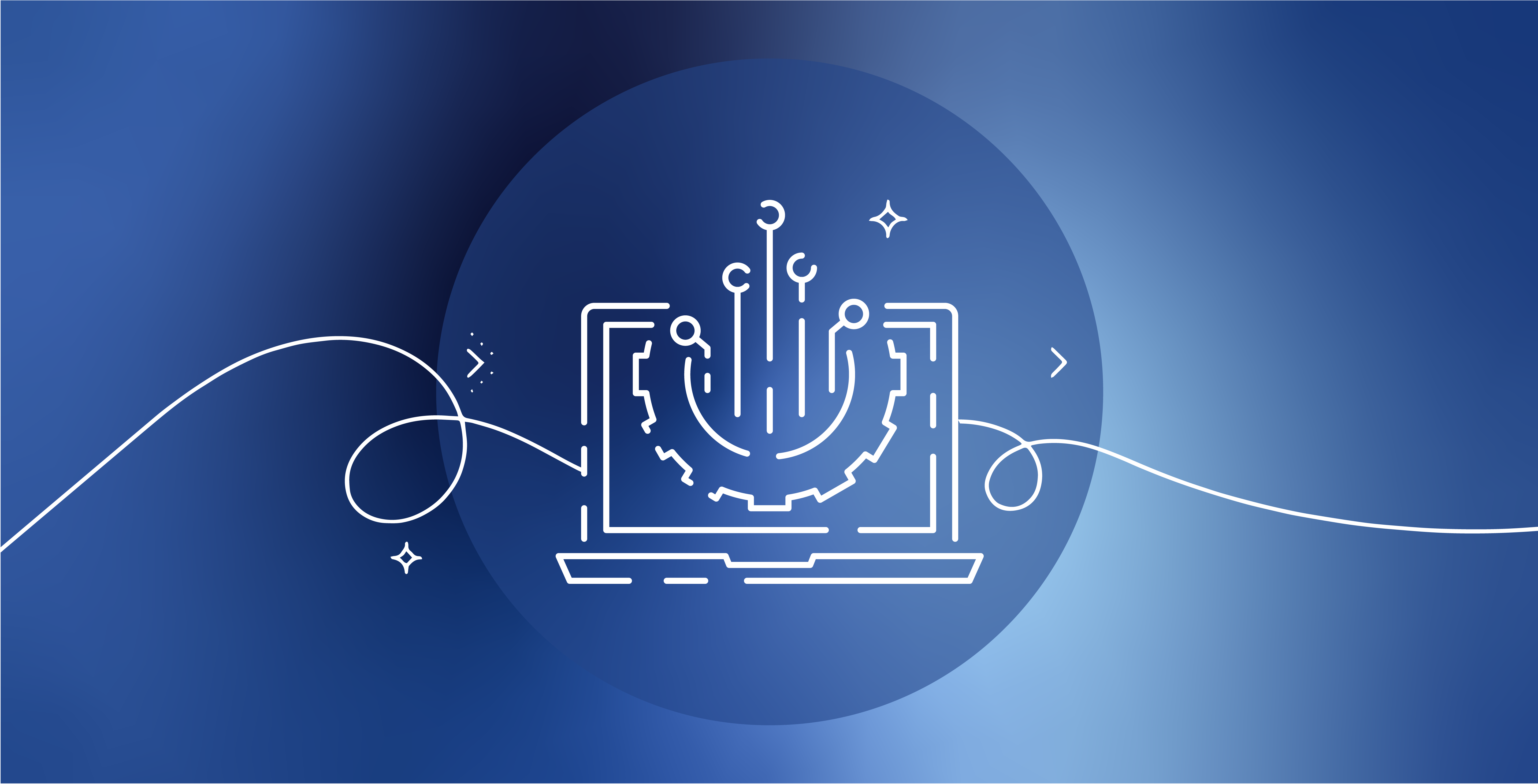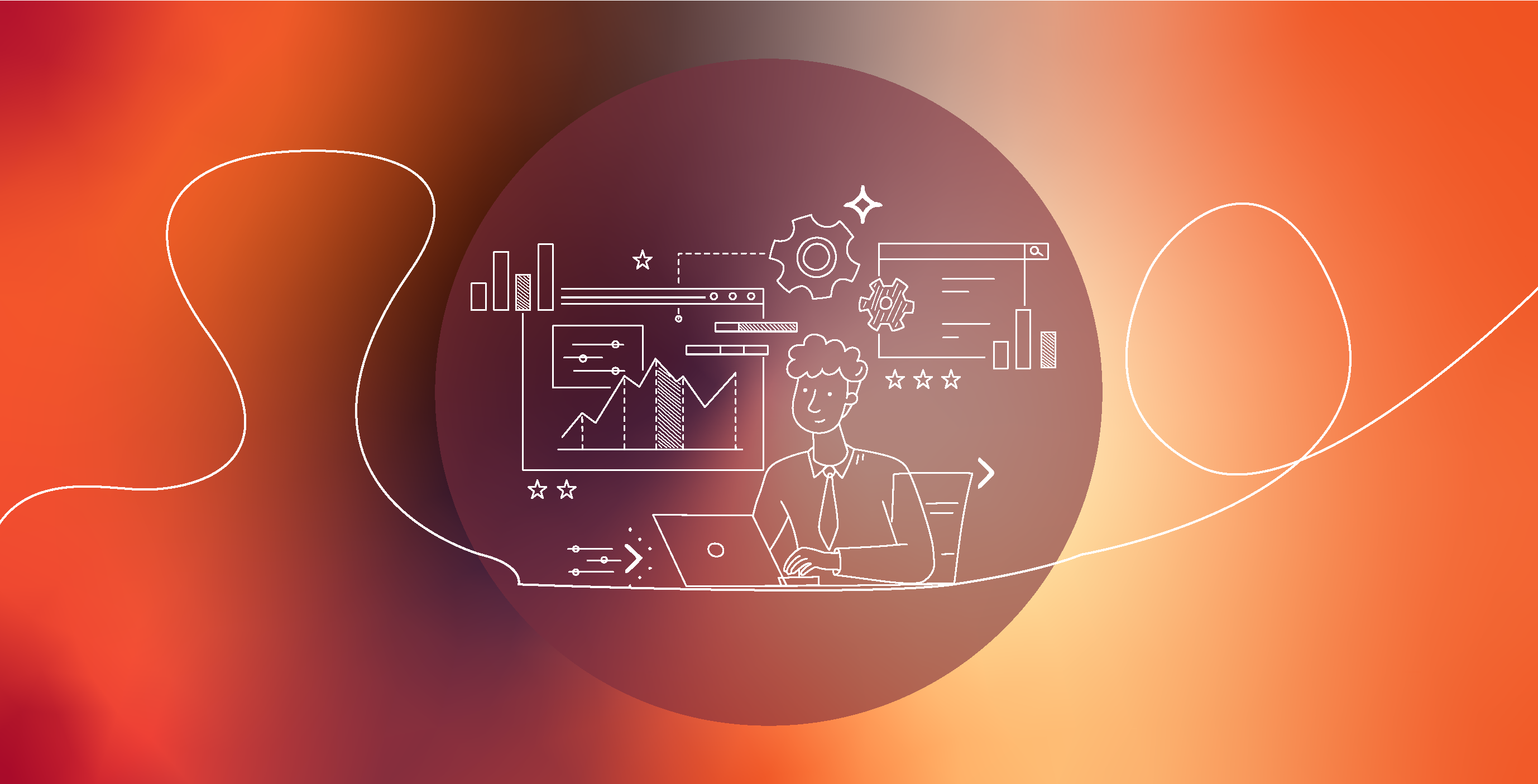Beyond the Buzz: Part 3 - Scaling from Assistive to Autonomous: Your Road Map to AI-Ready DevOps

Altimetrik’s AI-First, Outcome-Driven Take on the Developer Productivity Revolution• Part 3 of 3
Why DevOps Is Ground Zero for Agentic AI
Forrester’s 2025 “Top 10 Emerging Technologies” names Agentic AI—software agents that can plan, act, and learn—as the breakthrough that will move firms from experimentation to business imperative by year-end 2025 [Source: Forrester].
The Wave report on DevOps platforms echoes the point: leaders are those who “integrate agentic AI across native and third-party tools to streamline work from idea to deployment.” [Source: Atlassian]
DevOps pipelines already automate builds, tests, and releases. Add autonomous agents that read test telemetry, open pull requests, or roll back failures, and you create a compounding loop of speed and quality.
Three Horizons of Intelligent Velocity
*Benchmarks from ALTI Lab pilots & ResearchGate survey of AI-driven DevOps adopters. [Source: ResearchGate]
Inside an Agentic SSDLC
“Integrated engineering systems were yesterday. Intelligent engineering systems are next."– Farid Roshan, Altimetrik
Multi-agent architecture
- Scrum agent parses user story intent, generates acceptance criteria and metadata enrichment, calculates team capacity, leverages historical velocity and story complexity to recommend a balanced sprint plan with auto-assignment, and active sprint monitoring using signals from the toolchain.
- Developer agent leverages user stories to generate scaffolding of micro-services, produce isolated unit tests for happy path, invalid paths, and mock dependencies. Extract the function code context and determine the testing and security implications.
- DevOps agent invokes policy check to ensure cloud infrastructure, app, and pipelines are generated in compliance with guidelines, uses prompt library to generate pipelines / IaC scripts, enables security scanners to execute on every pull-request, monitors deploy triggers to execute deployment and monitor health, collects live signals, and evaluates SLOs and policy thresholds.
- QA agent leverages user stories content to generate well-defined test cases, parse uncovered coverage, generate valid /invalid synthetic data, analyze environment configurations and execute drift remediation, execute automated regression suites, parse raw test output logs and detect abnormal duration cycles, classify failures, and determine retry based on eligibility, and aggregate reporting and dashboarding.
- Learning agent serves as an always-on mentor embedded within the SSDLC pipeline, delivering just-in-time training and contextual guidance to developers, testers, SREs, and platform engineers. It reinforces best practices across a wide range of domains, including secure coding techniques, robust testing strategies, efficient CI/CD and Infrastructure-as-Code (IaC) patterns, comprehensive observability and logging practices, performance optimization methods, and adherence to platform-specific conventions.
All five talk over a contract-based message bus, so any step can plug into Jira, Azure DevOps, or GitHub as required. A feedback loop at each hop logs prompts, completions, and outcomes—fuel for continual fine-tuning.
Hardening the Pipeline—Four Non-Negotiables
java
┌──────── Secure Ingress ───────┐
│ SAML SSO | ZT Proxy | WAF │
└────────────┬──────────────────┘
▼
┌──────────────── Orchestrator (LangGraph) ─────────────┐
│ Agents: backlog | code | QA | pipeline | observability│
└────┬───────────────┬─────────────────┬───────────────┘
▼ ▼ ▼
Policy Mesh Secure Gate (SBOM, SAST) Observability Mesh
(OPA) (ADAF) (OTel → Grafana)
Reference Architecture Blueprint*
*Blueprint mirrors the “Path-to-Agentic-Maturity” staircase used in client workshops.
Human-in-the-Loop & Agent Contracts
Even in autonomy, some checkpoints—code merge or canary promotion—may still need dual-control sign-off. Each agent therefore, carries a contract: scope, guardrails, refusal policy, and kill-switch. Agents learn, but only within the sandbox we define.
First 90 Days Playbook
Typical pilot results: ↑ 15–20 % faster lead time, ↓ 30 % production rollbacks by Week 12.
Measure What Matters
- Lead Time for Change – aim 2–3× faster
- Change Failure Rate – cut by 50 %
- Mean Time to Recovery – 40 % reduction
- Agent Explainability Coverage – % of decisions traced
These metrics map straight to board-level discussions on risk and ROI.
“Autonomous DevOps isn’t science fiction—it’s an integration exercise.
Build agents like employees: with onboarding, KPIs, and observability.
That’s how you achieve intelligent velocity.”
Ready to move beyond the buzz?
Schedule an AI-First System Design Session with our Alti AI Adoption Lab architects to map the shortest route from pilot to production.
This article is a co-creation between Altimetrik Marketing, Alti AI Adoption Lab SMEs, and compliant GenAI tooling. External data points are credited above. Content adheres to Altimetrik’s “Plagiarism & Ethical Use of AI” policy.
.svg)



.svg)